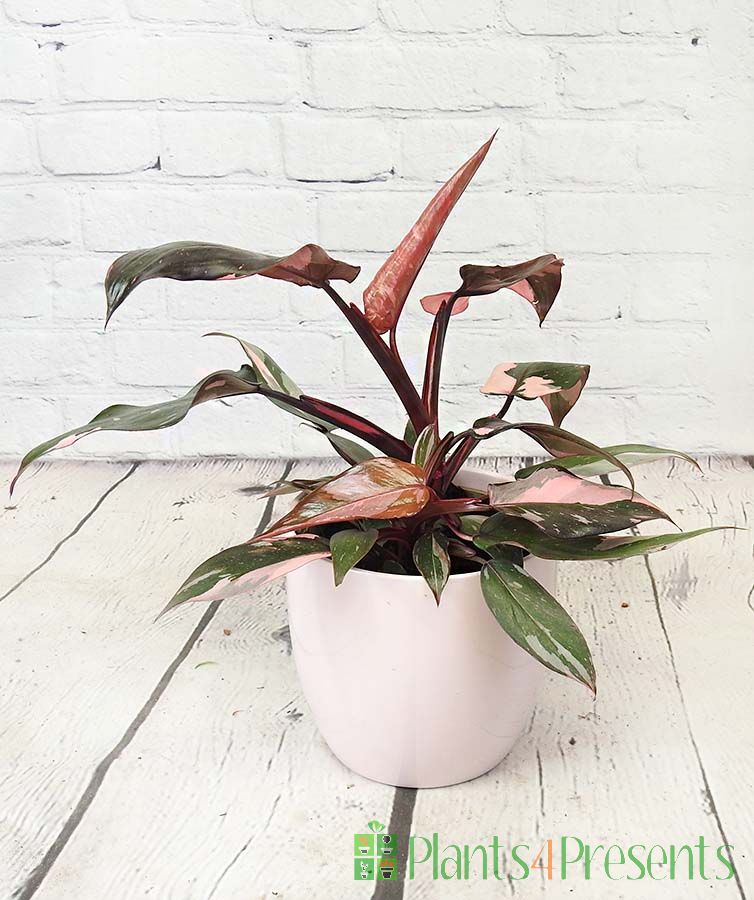Sweetheart Plant
Out of stock


- Striking and easy-going houseplant
- Next or named delivery just £6
- Delivered gift wrapped and boxed with a handwritten greeting card
Sorry we don't have any Sweetheart Plants available at the moment, but we do have lots of other lovely house plants available for next day delivery.
If you would like to know when we are likely to have more of these plants or would like to be added to our Wishlist, then please contact us.
 5/ 5
1 reviews
5/ 5
1 reviews


Beautiful plant, peat free, nice pot. All better than expected.

These instructions are sent with the plant gift
This very attractive philodendron house plant is a variety called Pink Princess. It is a very easy going and durable plant which will thrive in a range of conditions.
All plants need light, but this plant is quite forgiving. It will do well in most rooms in the house and is also suitable for offices.
Philodendron are happiest at a normal room temperature with plenty of indirect light and extra humidity to keep their leaves fresh. You may need to mist the plant every so often to stop the tips drying out if your home is very dry.
Keep the soil moist but not too wet. In the spring and summer when the plant is growing it will need to be watered regularly once the soil is dry on top. In the winter when the plant is resting you won’t need to water as often - once every other week or so may be enough, depending on how quickly your soil is drying in the home.
Not all of our containers are waterproof, it is best to take the plant out from the outer pot and rest on the draining board or in the shower so the excess water can drain away when you are watering. Leave it draining for an hour before placing it back in its normal position. Do try to give the plant a water with rainwater regularly to help stop any tap water build ups in the soil.
It would benefit from a feed every month during the summer with an ordinary houseplant food. As your plant matures, it will need something to attach itself to. A cane or mossed pole is perfect for the job.
Problem solving:
Brown tips to the leaves are the result of a dry atmosphere, try giving your plant a good misting and water more regularly.
Yellowing leaves is caused by too much water, leave your plant to drain and dry out more between waterings.
Philodendrons aren’t particularly susceptible to pests but watch out for the normal suspects including aphids and red spider mite






